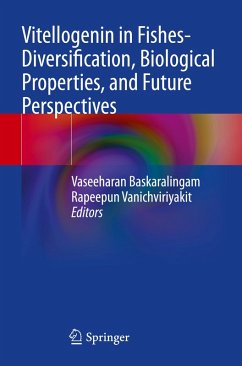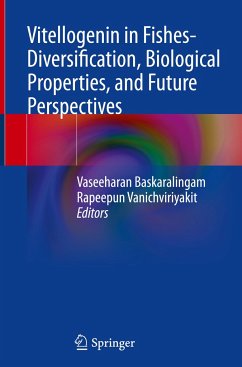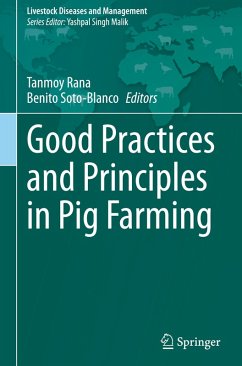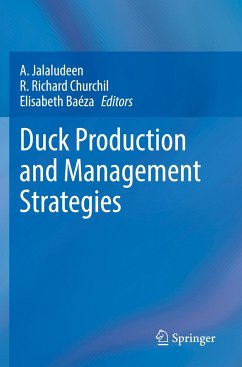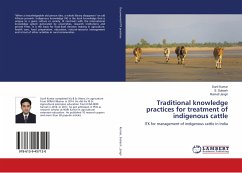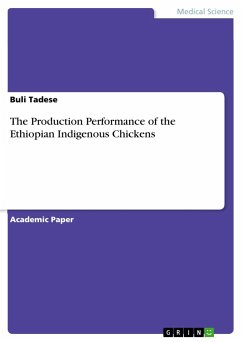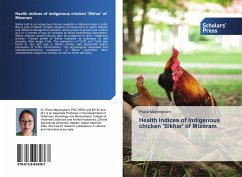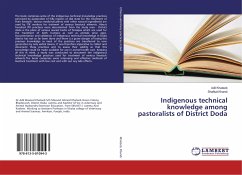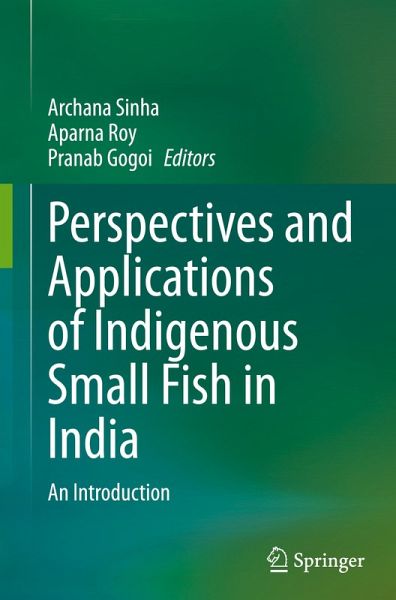
Perspectives and Applications of Indigenous Small Fish in India
An Introduction
Herausgegeben: Sinha, Archana; Roy, Aparna; Gogoi, Pranab

PAYBACK Punkte
69 °P sammeln!
This contributed volume covers all aspects of small indigenous fish for nutritional and livelihood security. The availability, descriptions and identification of common small indigenous fish provides potential and prospects of fish production from inland open water system. In addition, individual chapters are added on growth, feeding, diseases and health management of these small fishes. Essential information is provided on packaging and transport of these fishes. Specific chapters provide information on nutritional value of fishes, value addition and product development by using small indigen...
This contributed volume covers all aspects of small indigenous fish for nutritional and livelihood security. The availability, descriptions and identification of common small indigenous fish provides potential and prospects of fish production from inland open water system. In addition, individual chapters are added on growth, feeding, diseases and health management of these small fishes. Essential information is provided on packaging and transport of these fishes. Specific chapters provide information on nutritional value of fishes, value addition and product development by using small indigenous fish species in different regions of the country. Further topics include small fishes of ornamental value, indigenous technical knowledge, climate change impact, conservation and management of small indigenous fish diversity. This book supports the academicians, farmers, entrepreneurs and fisheries professionals involved in gaining the knowledge and skills needed to contribute in nutritional and livelihood security of the nation.





